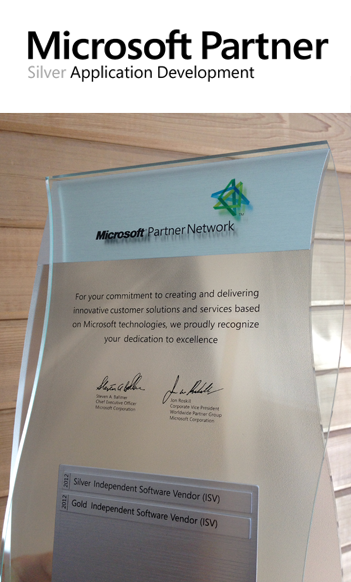38 File Complications
Common Problems Opening 38 Files
Pro/ENGINEER Not Present
When trying to open your 38 file, you get the error "Can't Open 38 File Type". If so, it typically means that you don't have Pro/ENGINEER installed for %%os%%. Because your operating system doesn't know what to do with this file, you won't be able to open it by double-clicking.
Tip: If you don't have Pro/ENGINEER installed, and you know of another program to open your 38 file, you can try opening it by selecting from the programs listed under "Show Apps".
Obsolete Version of Pro/ENGINEER
It is possible that your version of Pro/ENGINEER isn't able to open your Creo Elements/Pro Versioned Data file due to incompatibility. If you've got the wrong version of Pro/ENGINEER installed, you'll need to install the correct version. This problem is predominately due to having a Creo Elements/Pro Versioned Data file version that was created by a newer version of Pro/ENGINEER than what you have installed on your PC.
Tip: Find clues on the correct software version by right-clicking your 38 file and clicking "Properties".
Ultimately, most of the difficulties opening 38 files are due to having the wrong version of Pro/ENGINEER installed.
Other 38 File Issues
Even with the correct version of Pro/ENGINEER installed, you can still experience difficulties opening 38s. If you are still having problems opening 38 files, there may be other issues that are preventing you from opening these files. These issues include:
- File references in the Windows Registry for 38 are wrong
- Mistaken removal of the Windows registry 38 description
- Invalid installation of a 38-associated program (eg. Pro/ENGINEER)
- Your 38 can't be loaded properly (file corruption)
- Your 38 is infected with malware
- Hardware related to 38s has device driver corruption
- Windows cannot load your Creo Elements/Pro Versioned Data file due to insufficient resources (eg. RAM)
Quiz: Which file extension is an archive file?

That's Correct!
A SIT file was created by Smith Micro Systems for use with the Macintosh operating system. Now, it is considered "cross-platform", working on multiple operating systems including Windows, Macintosh, Android, iOS, and others.
Close, but not quite...
A SIT file was created by Smith Micro Systems for use with the Macintosh operating system. Now, it is considered "cross-platform", working on multiple operating systems including Windows, Macintosh, Android, iOS, and others.





















